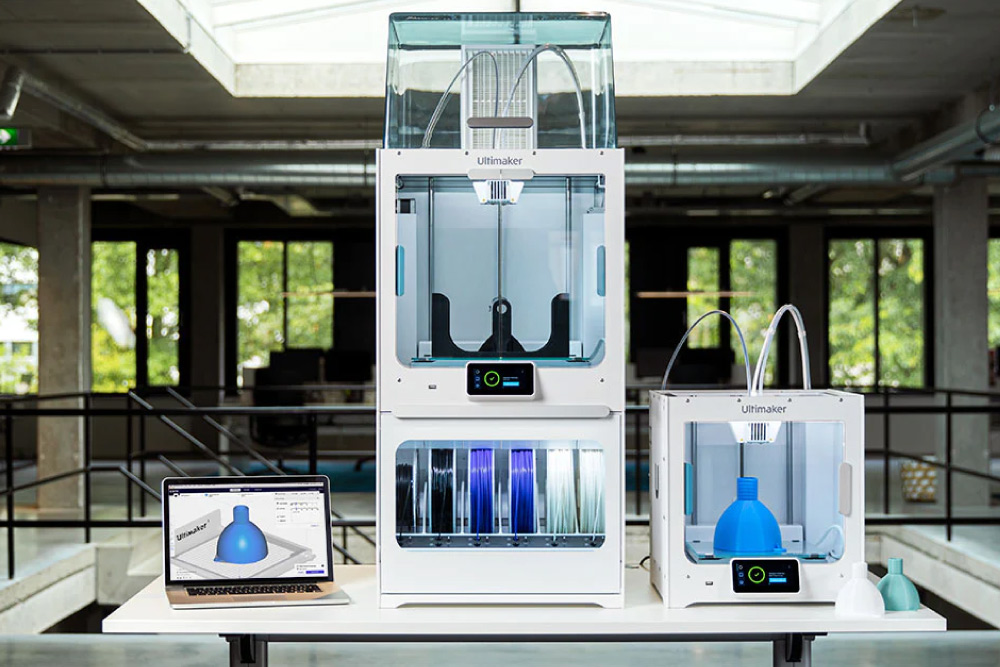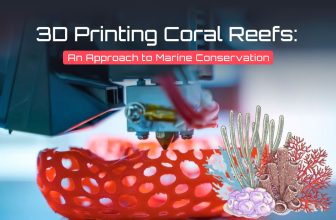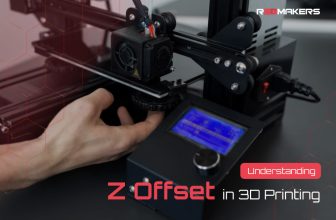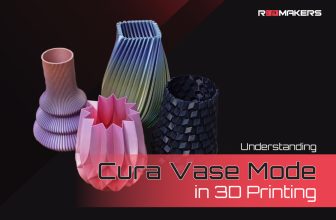Large 3D Printers: A New Dimension in Printing

As the world of technology continues to evolve, one area that has seen significant growth is the realm of 3D printing. Originally designed to create small-scale, intricate models and components, this technology has matured to the point where “large 3D printers” are not only a reality but are also redefining the boundaries of what’s possible with additive manufacturing.
With their impressive build volumes and capabilities, these devices are catering to a market that demands bigger, better, and more ambitious projects. As a testament to this growth, industries ranging from construction to entertainment are integrating these printers into their processes. Additionally, innovations in materials have expanded the horizons for these large printers. They’re no longer limited to plastics but can now print with metals, ceramics, and even organic materials.
The expansion of 3D printing capabilities, especially with large printers, is nothing short of revolutionary. Not only do they challenge the traditional manufacturing processes, but they also democratize creation, putting the power of production into the hands of individuals and small businesses. Gone are the days when the creation of vast and complex structures required hefty investment and massive industrial setups.

With large 3D printers, artists, engineers, designers, and entrepreneurs have a tool that broadens their canvas, bringing their grandest visions to life. This evolution marks not just a technological shift but a cultural one, heralding a new age where imagination, rather than resources, is the primary limit.
Why Size Matters in 3D Printing
At the dawn of 3D printing, most printers had modest build volumes. These were suitable for hobbyists or small businesses looking to prototype. But as industries recognized the value of 3D printing, the need for larger prints became evident. Enter the “best large format 3D printer“. Not only do large 3D printers allow for the creation of bigger models in a single print, but they also bring with them advantages like reduced assembly time and increased structural integrity. With these printers, product designers and engineers can visualize and test their concepts in real-time and in full scale. They can address design flaws and make improvements efficiently, speeding up the development cycle.

Key Players in the Large 3D Printing Market
Based on the references provided, there’s a plethora of options when it comes to choosing the best large 3D printer. However, when considering factors like print quality, speed, and reliability, certain names continually rise to the top. The criteria for what makes a printer “large” or “large format” can vary, but generally, these devices boast some of the biggest 3D printer specifications in the market.
Some can handle prints that are over a meter in length, width, and height! The competition among manufacturers has led to rapid innovations and technological advancements in the field. Not to mention, the entry of more players into the market ensures competitive pricing, making these large-scale printers more accessible.
Practical Applications of Large Format 3D Printers
Large 3D printers aren’t just for show. They have practical applications that are revolutionizing industries. Here are just a few:

Architecture and Construction: Creating scaled models of buildings or even printing out modular components for actual construction. This streamlines the design process and can even lead to cost savings in the long run.
Automotive and Aerospace: Prototyping vehicle components or even creating parts for actual use in some cases. This can speed up the design and testing phase significantly.
Art and Design: Sculptors and artists are no longer limited by the dimensions of traditional 3D printers. They can now produce large-scale installations and exhibits with ease.
Healthcare: Printing out larger prosthetics or models for surgical planning. This has the potential to revolutionize personalized medicine and patient care.
Entertainment: Think about props or even set pieces for movies and stage productions. These can be tailored to exact specifications, enhancing realism.

The Future of Large 3D Printing
The potential applications for large format 3D printers are vast and varied. As the technology behind these behemoths continues to advance, so will their capabilities. We can expect faster print times, even larger print volumes, and an expansion in the materials they can work with. As sustainability becomes a more pressing concern, it wouldn’t be surprising to see these printers incorporate more eco-friendly materials.
Moreover, as AI and machine learning become more intertwined with manufacturing processes, these printers may become more autonomous, self-correcting, and efficient. The future undoubtedly holds exciting prospects for the world of large-scale 3D printing.
In addition to the technological advancements, there’s an increasing emphasis on collaboration and open-source development in the 3D printing community. As makers, engineers, and enthusiasts from around the world share their designs, ideas, and innovations, the realm of large format 3D printing becomes enriched with diverse perspectives and solutions.
Such collaborative efforts can drive down costs, inspire novel applications, and even help in standardizing best practices across the industry. Furthermore, as educational institutions and research centers invest more in this technology, we’ll likely see a new generation of innovators pushing the boundaries even further. In essence, while the machines themselves are groundbreaking, the collective spirit and vision of the community behind them will truly shape the future of large 3D printing.








